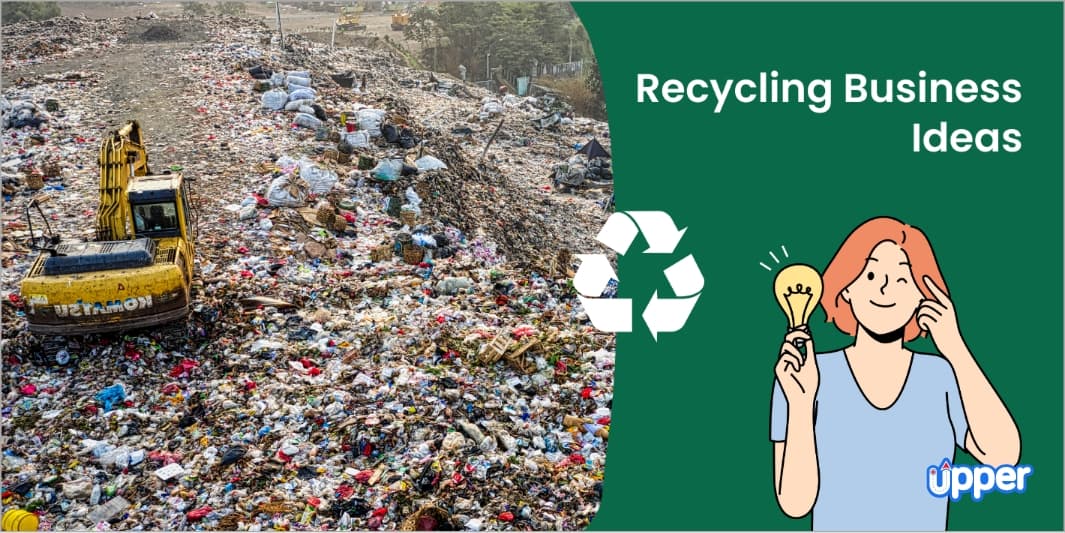Recycling is absolutely crucial if we are to reduce humanity’s increasingly terrible impact on the world and the lifeforms that inhabit it.
The UK is still a major waste-producer. Some 7.2 million tons of rubbish was dumped into the earth in 2018, according to government-collated figures. The recycling industry is helping to reduce this number. Even though the UK has left the European Union, the country still wants to meet the EU goal of recycling 50 percent of all waste produced.
One of the key bits of kit in the recycling process is the baler. Balers compress recyclable waste into easy to store, process and move cubes or cylinders. They then secure the bales with specially made wires. Third-party companies like balingwiredirect.com provide specialist looped wires for all kinds of baler. There are several types of baler in use within the recycling industry. Here is how they differ.
Two Ram Balers
Two ram balers are popular with large scale recycling operations because of how efficient they are. As the name suggests, they make use of two rams – one for compressing the material that is fed into the machine, and one for pushing the finished bale out of a door. Because of the automatic nature of this process, two ram balers can be incorporated into a constantly moving conveyor system where finished bales are quickly moved onto the next stage of processing.
Vertical Balers
Vertical balers are often surprisingly diminutive in size. These balers have a single ram that exerts an even downward pressure. They are not as efficient as two ram systems, but can fit into small spaces and deal well with ordinary business-related recyclable materials such as packaging cardboard.
Horizontal Balers
If you have ever seen material being crushed at your local dump, the chances are high that you were looking at the handiwork of a horizontal baler. Horizontal balers are usually very large, and exert a horizontal force – crushing materials against a buffer at the side of the machine. Horizontal balers are regularly 40ft in length and will happily mash up a car body or a truckload of cans. Although they fit large loads, the operation of these balers is quite slow and requires a skilled operator with some knowledge of mechanical engineering.
Auto Tie Balers
Tying the finished bales together with baling wire is an important step if the bales are going to be stored or transported without falling apart. Auto tie balers incorporate a hook and loop system that attaches wire automatically prior to the removal of the bale. This eliminates the need for a separate wire tying machine and therefore reduces the overall complexity of a recycling operation.
Closed Door Balers
Closed door balers are used to create extremely compact cubes of storable recycled material. They have a completely closed baling chamber made of reinforced steel that permits extreme forces to be exerted horizontally on waste. These balers are useful for companies recycling heavy metals and other highly resistant materials.






